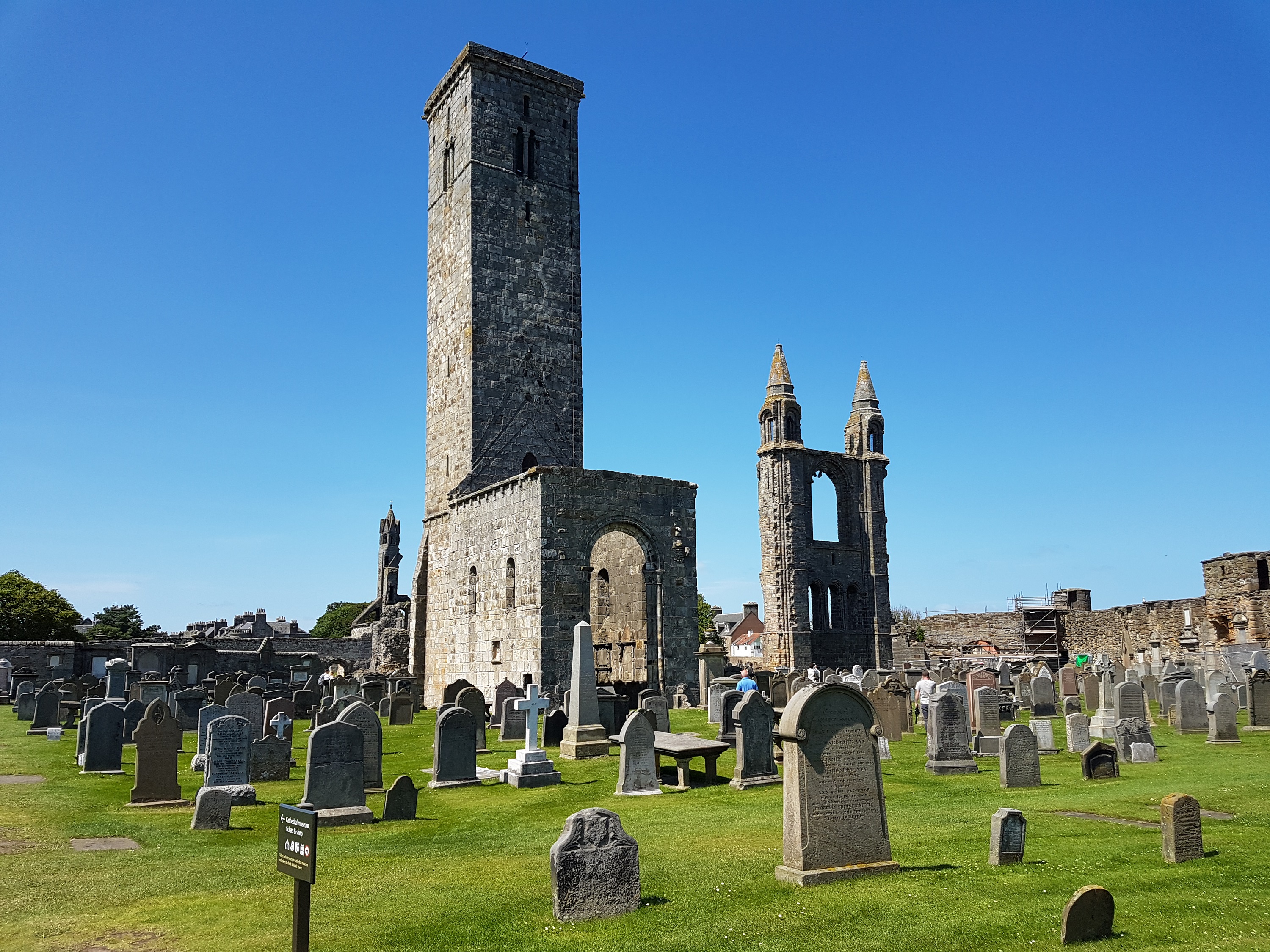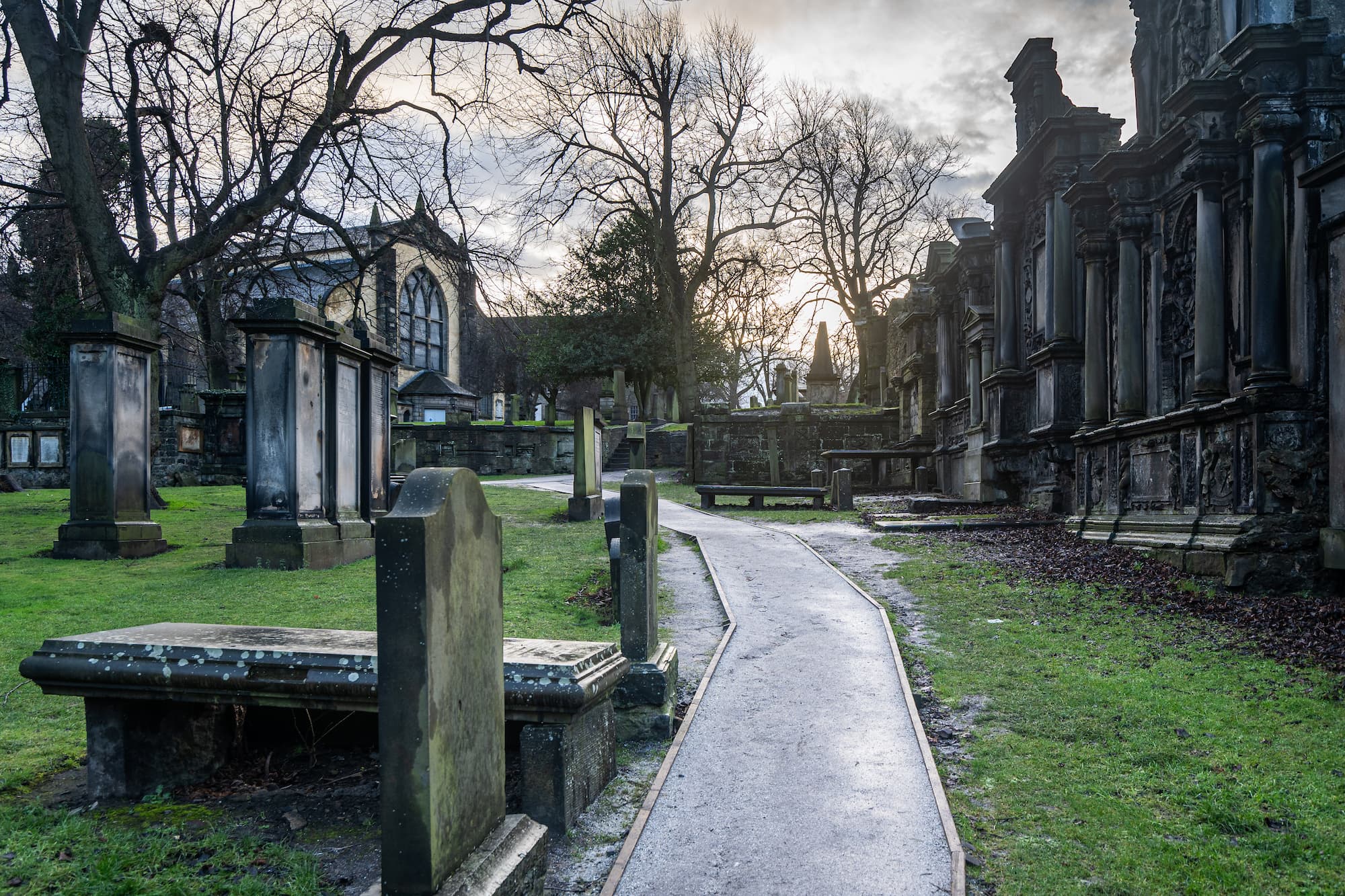Every year, people here in Scotland celebrate St Andrew’s Day on November 30th, but who was Saint Andrew and why is he celebrated here?
Saint Andrew is the patron saint of Scotland, as well as other countries like Ukraine, Poland, Greece, Russia, and Romania.
Scotland, Ireland, England, and Wales each have their own patron saint, and each is celebrated with their own day. England have Saint George, Ireland have Saint Patrick, and Wales have Saint David.
Saint Andrew was one of the first apostles of Jesus and was sentenced to death in Greece by the Romans. He was to be crucified, however, as he felt he wasn’t worthy to die on the same shape cross as Jesus, requested he was crucified on a diagonal cross.
But how did he come to be the patron Saint of Scotland? The answer isn’t clear.
One legend says that in the 4th Century, St Regulus of Patras, in Greece, was told by an angel to hide some of the remains of Saint Andrew. He attempted to place them at the ends of the earth, but unfortunately got shipwrecked and only made it as far as the coast of Fife, and the remains came to rest in what is now the town of St Andrews, named after the Saint himself. You could even visit the remains of his final resting place on our tour of St Andrews & The Fishing Villages of Fife from Edinburgh.
Or, if you're looking for the best day out from Glasgow, why not visit St Andrews on our new tour. Click below to learn all about it!






